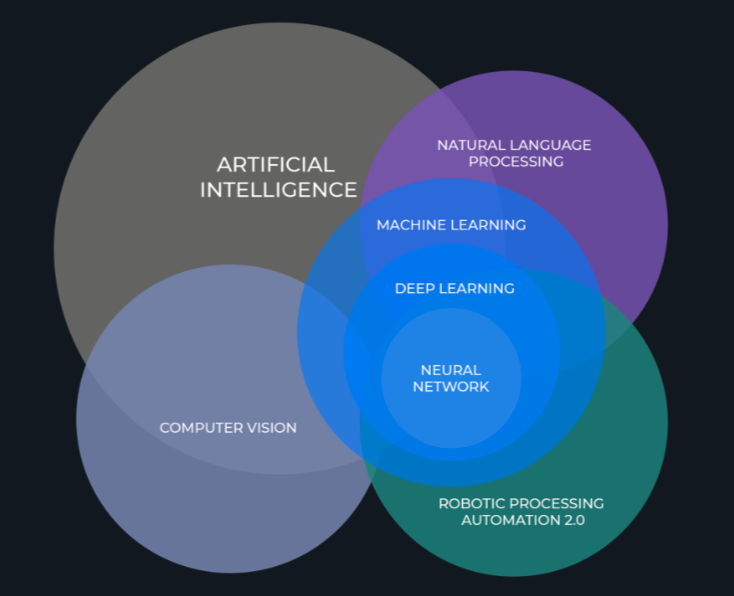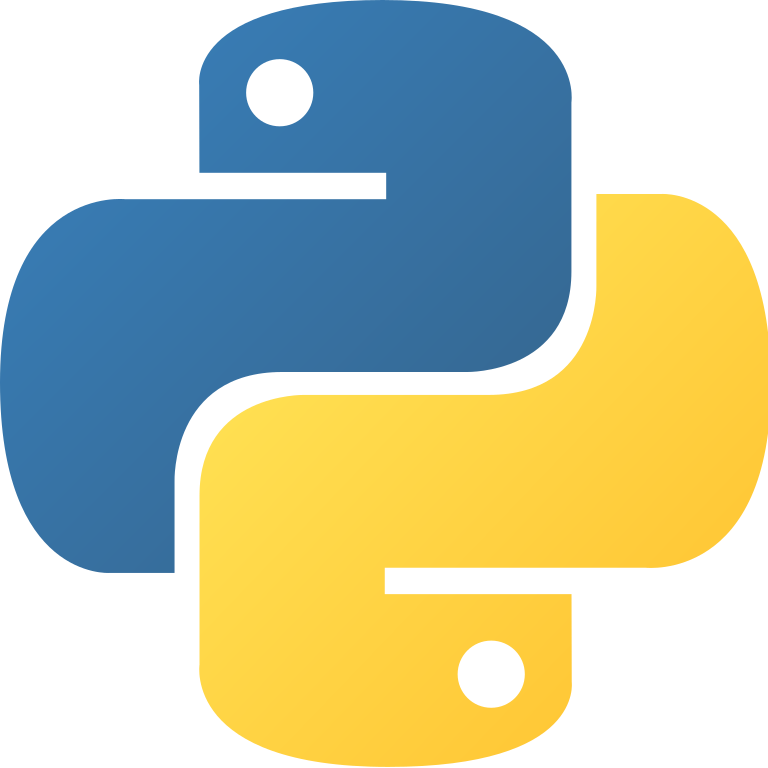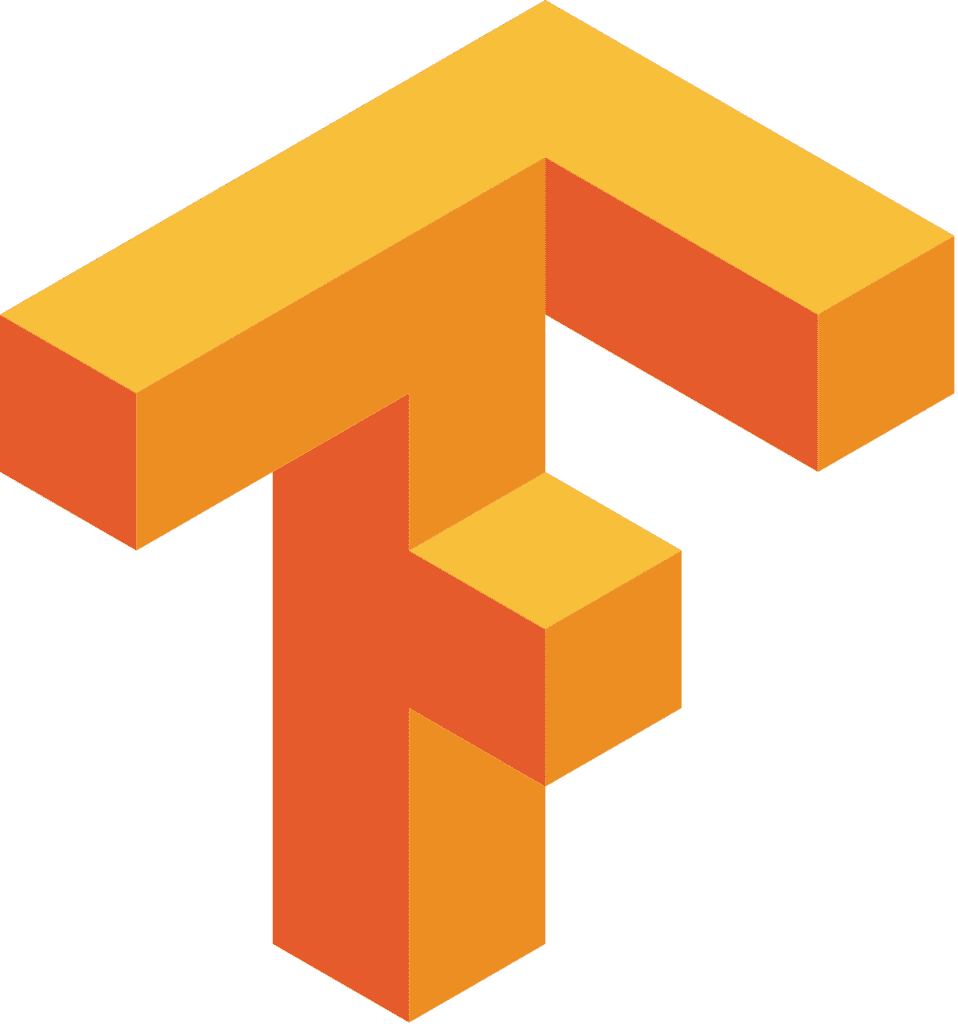
Artificial Intelligence
Artificial intelligence is the most widely recognized technical term for robotics and automation. It’s also one of the most influential digital fields in the world. AI refers to the process of machines simulating the human brain, which requires developers to create artificial neural networks that can mimic logical reasoning, learning, and self-correction.
How You Can Use AI:
- Planning and decision making
- Multi-agent systems
- Optical Character Recognition (OCR)
- Data mining and information retrieval
- Computational neuroscience
- Human-computer interfaces
Artificial intelligence is all about decision-making and acting based on real data. AI can perform tasks previously done by humans both faster and more accurately.



















